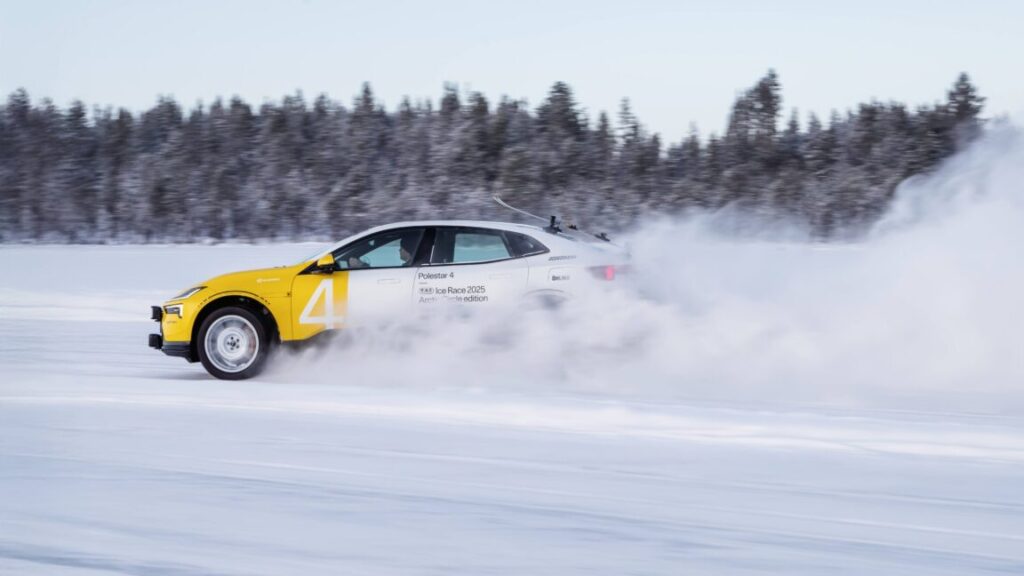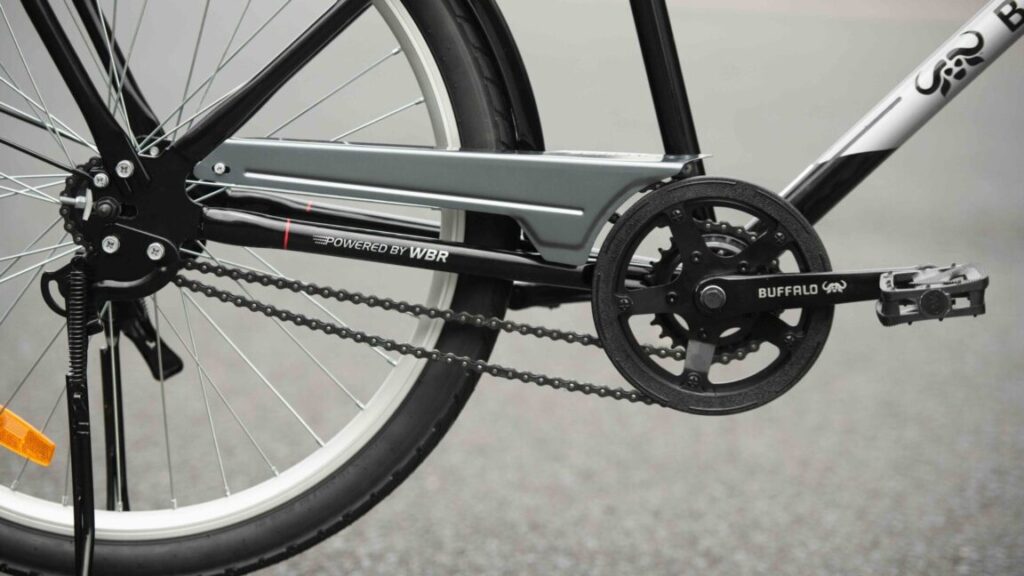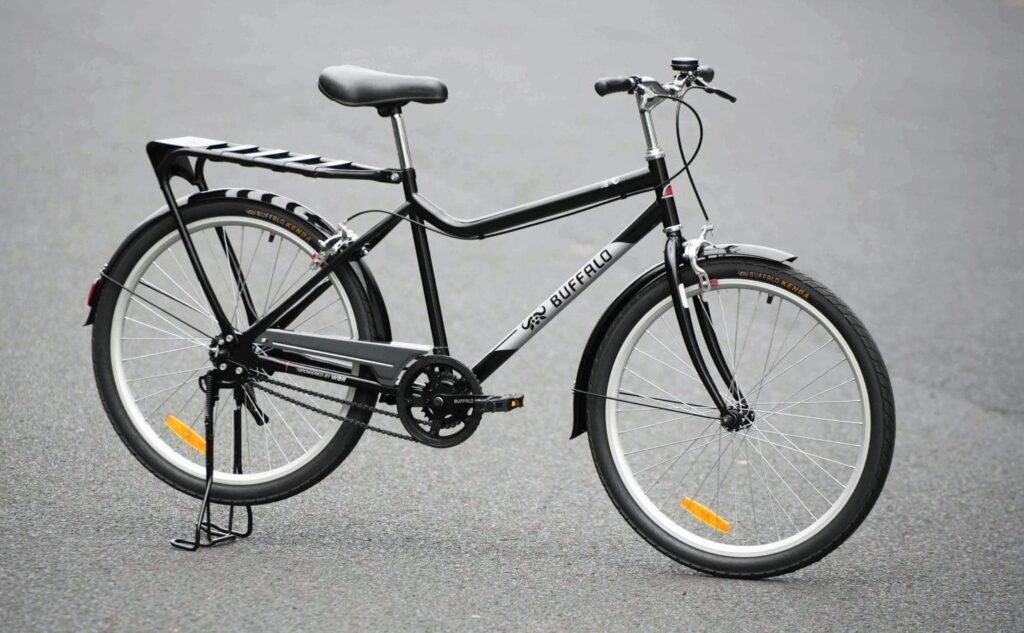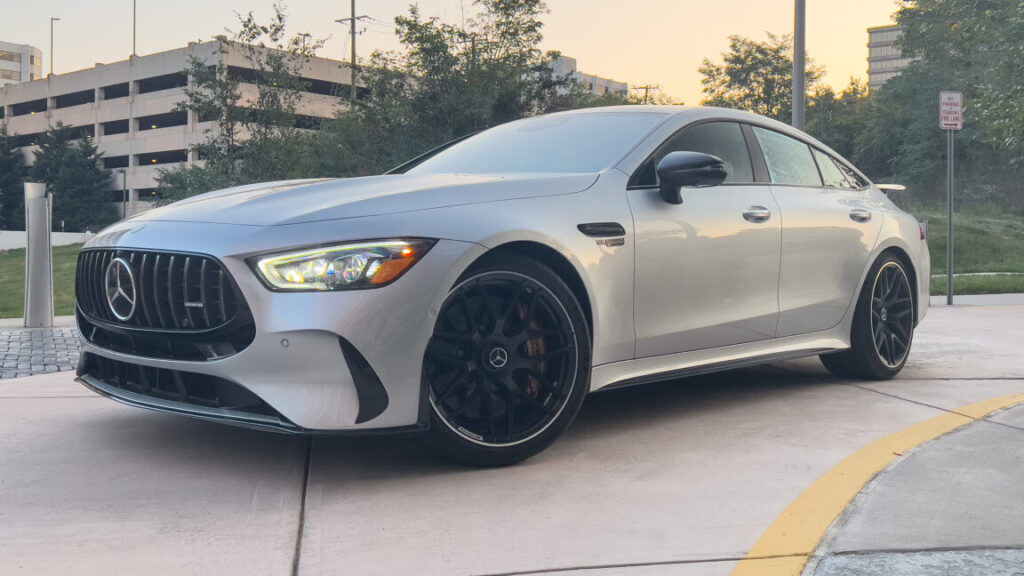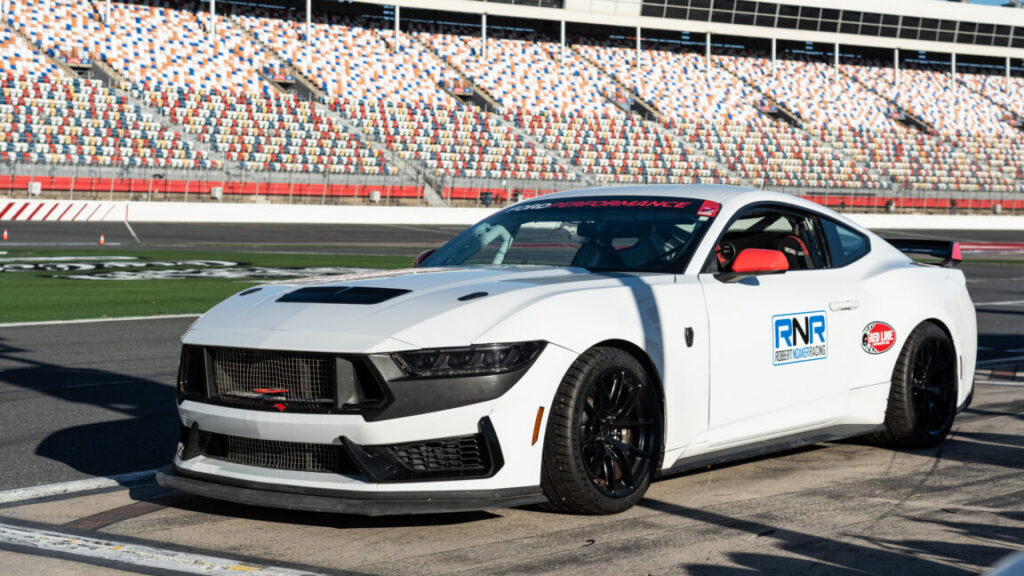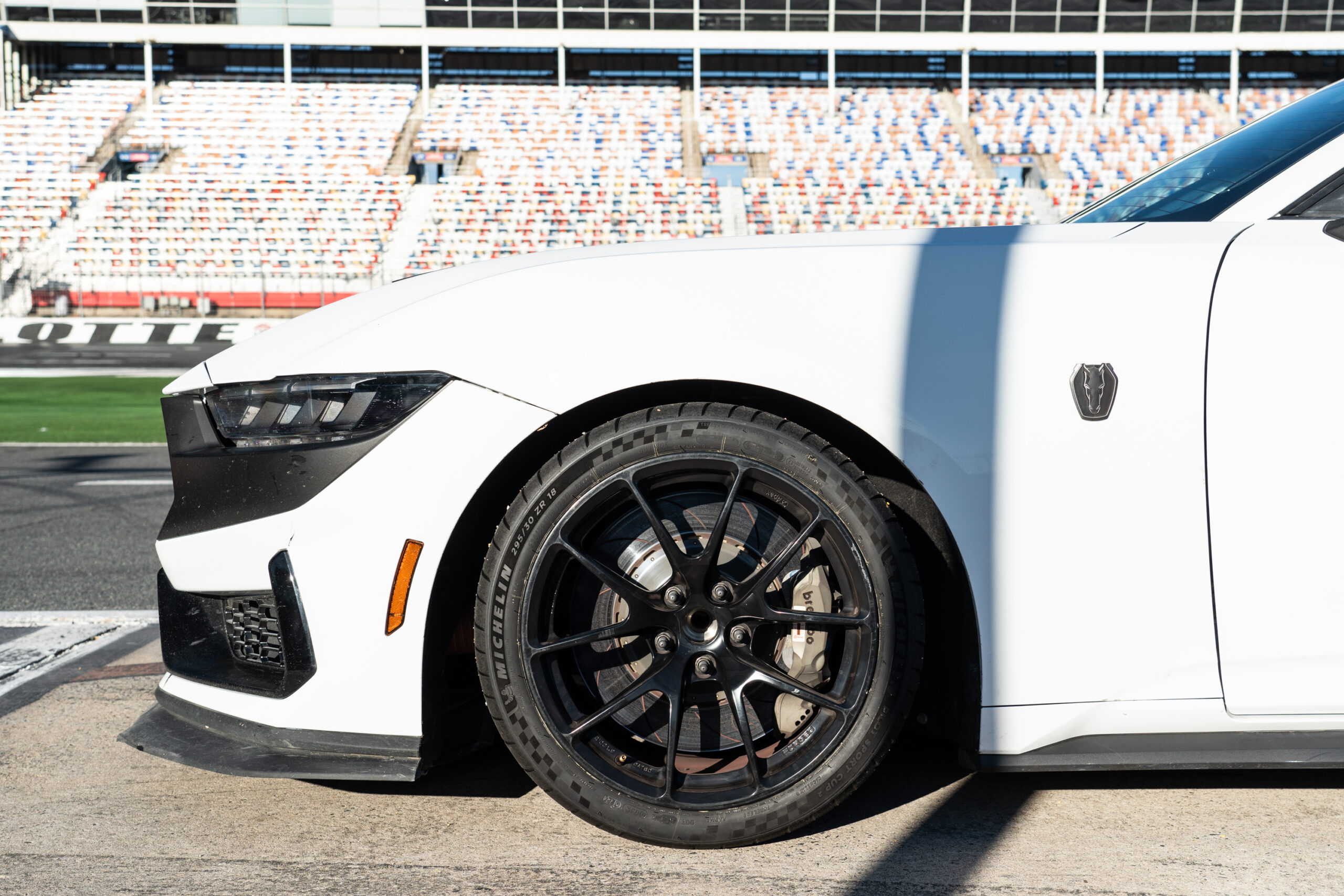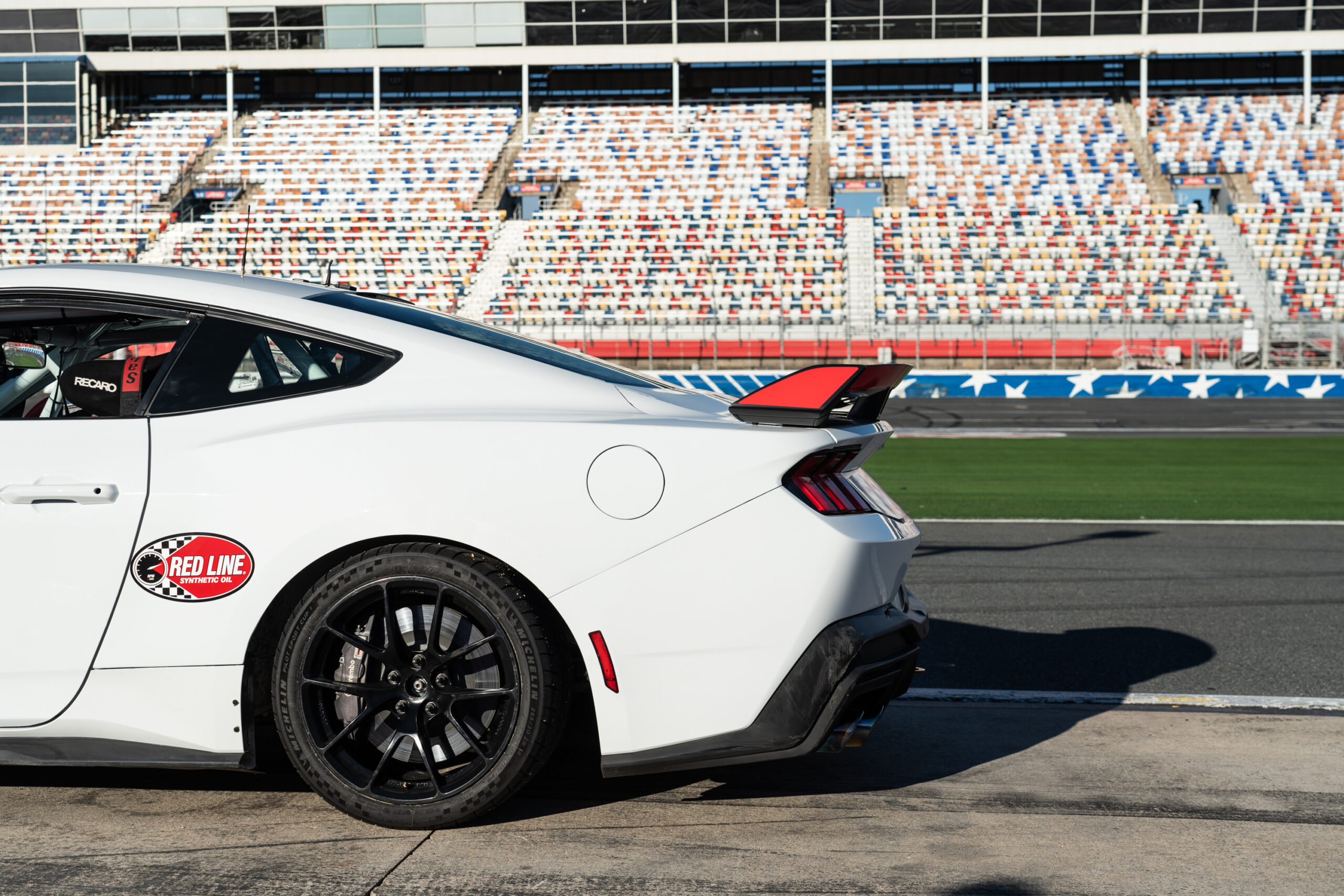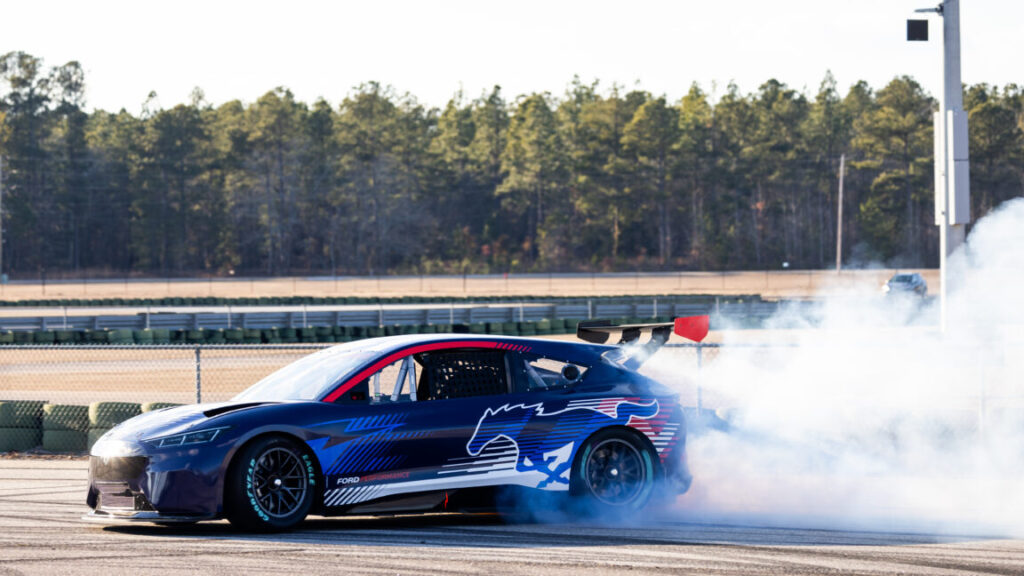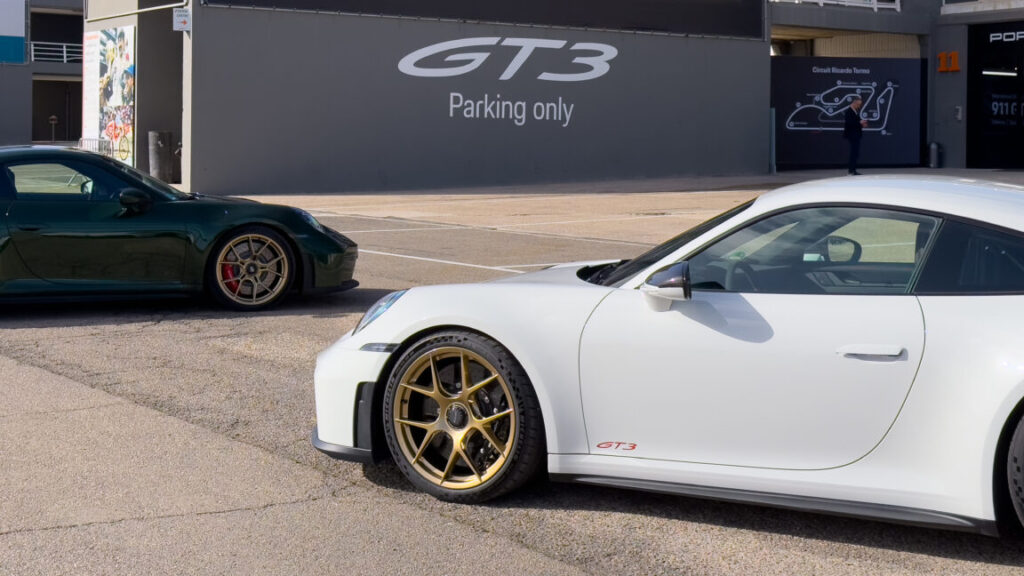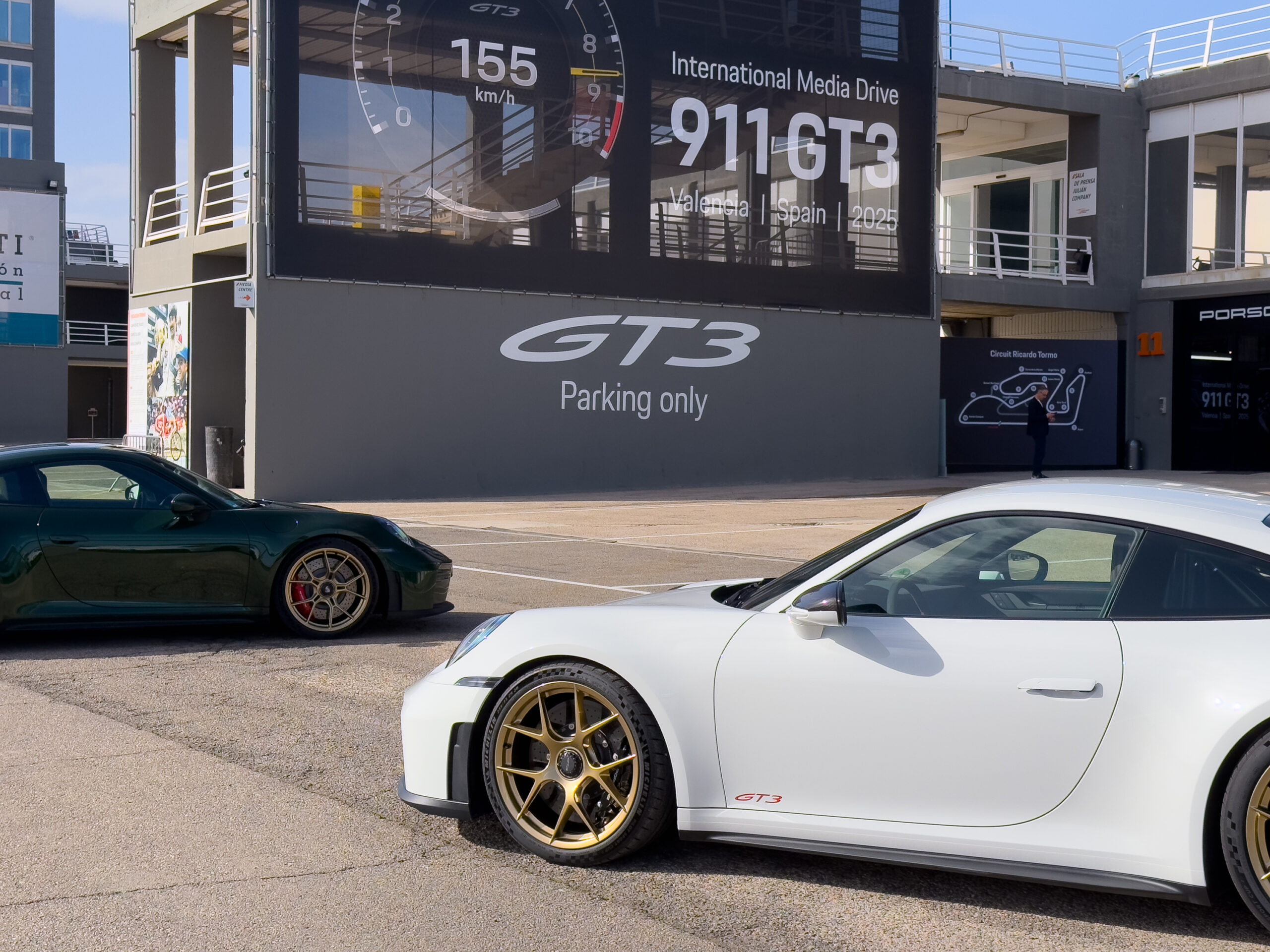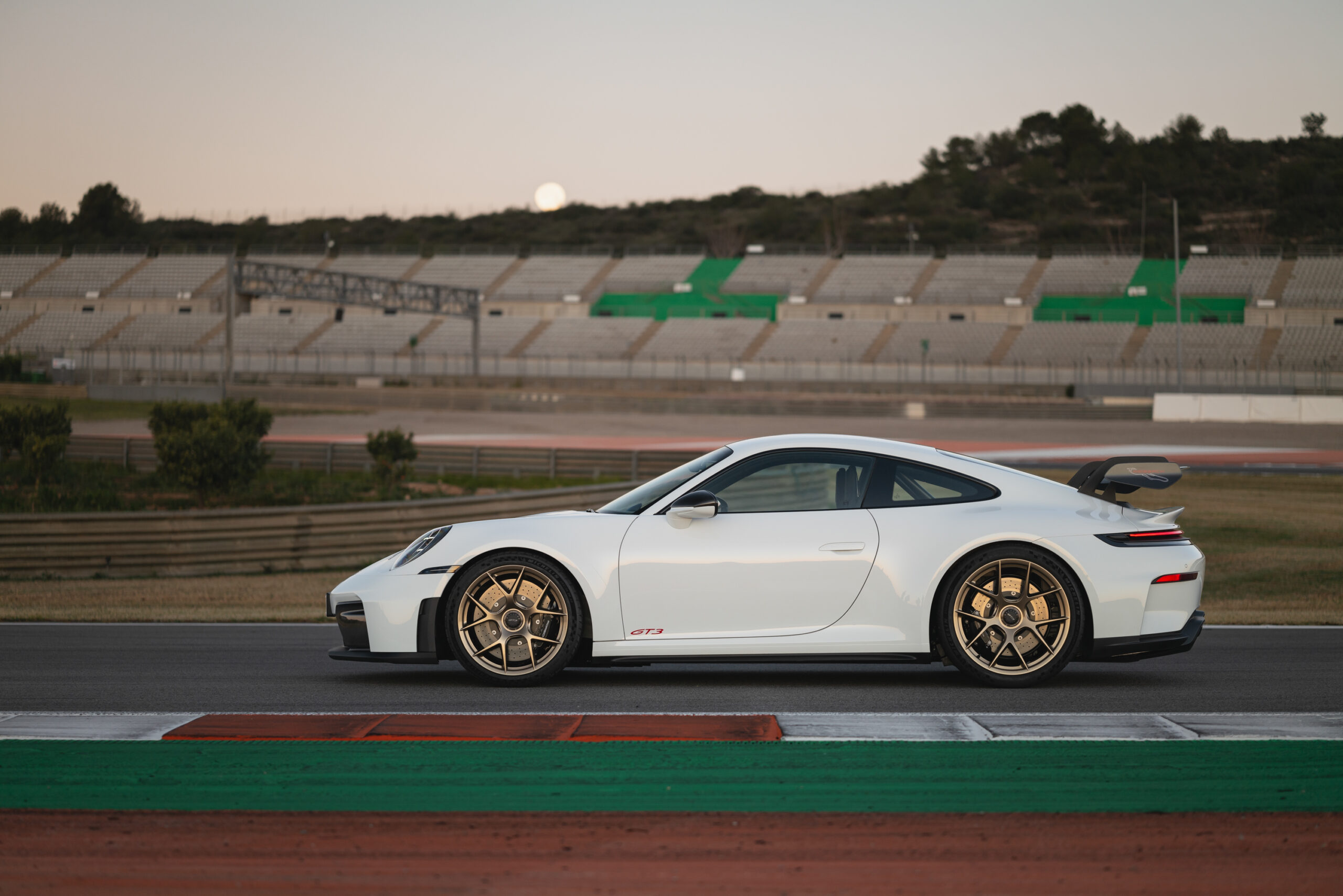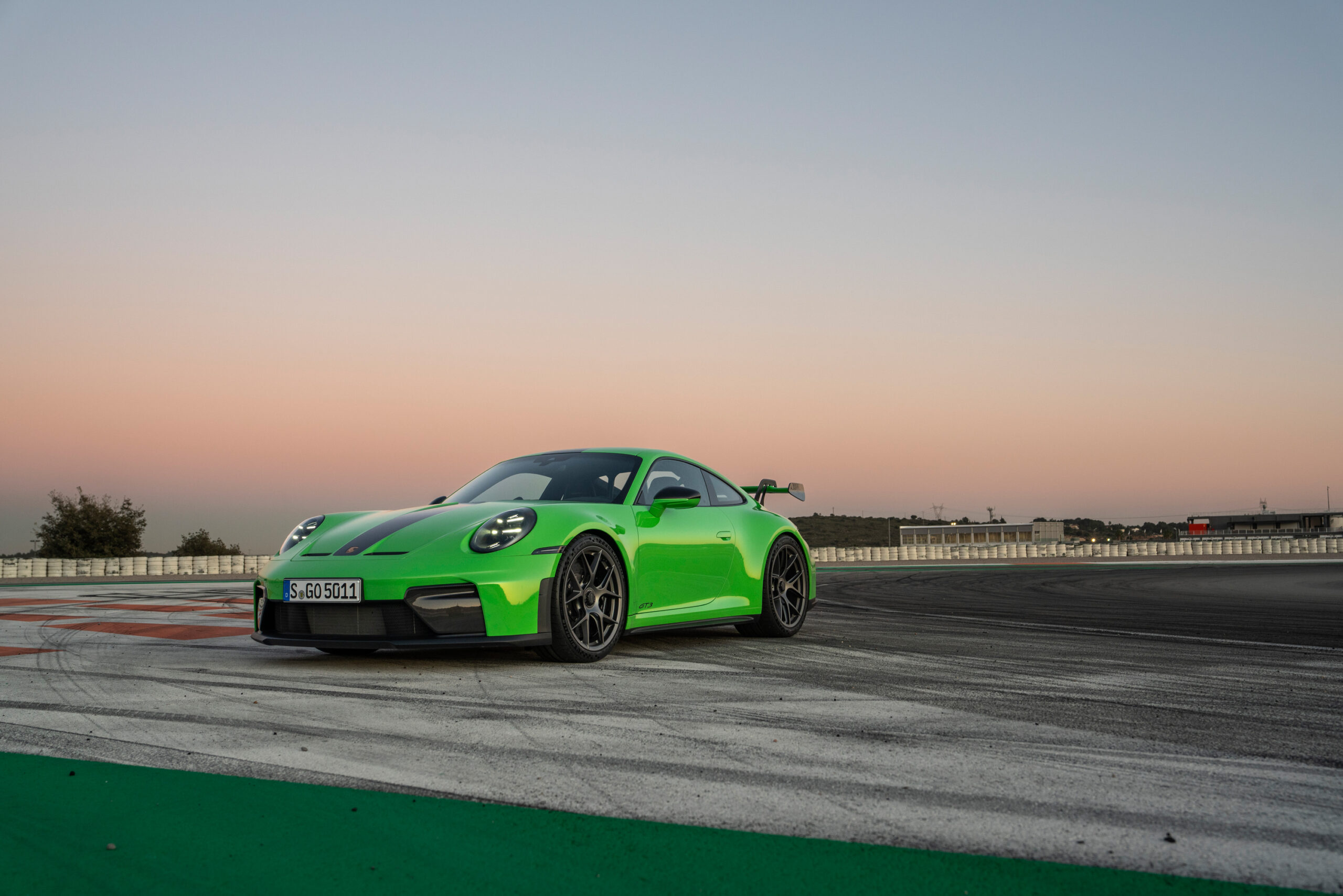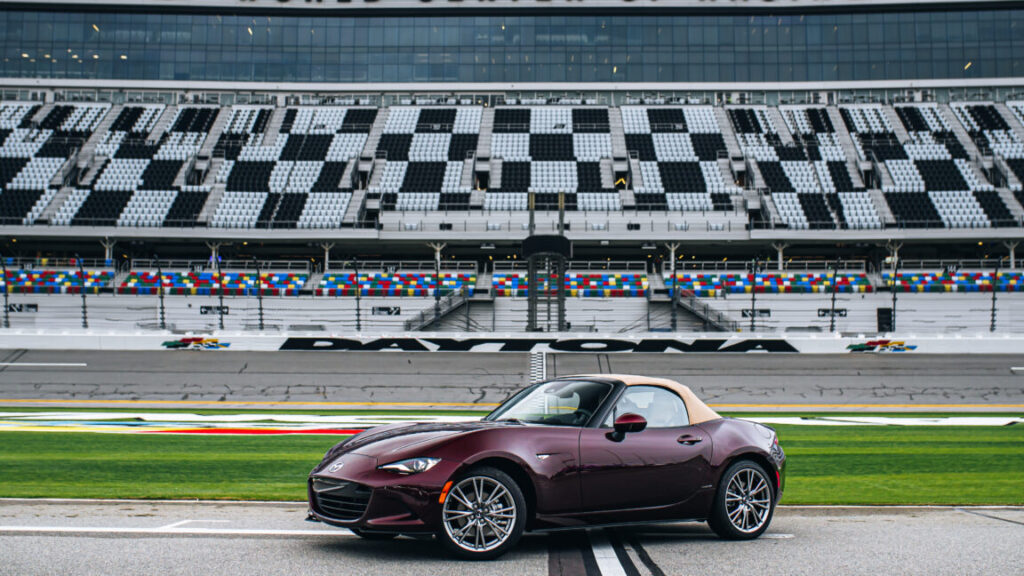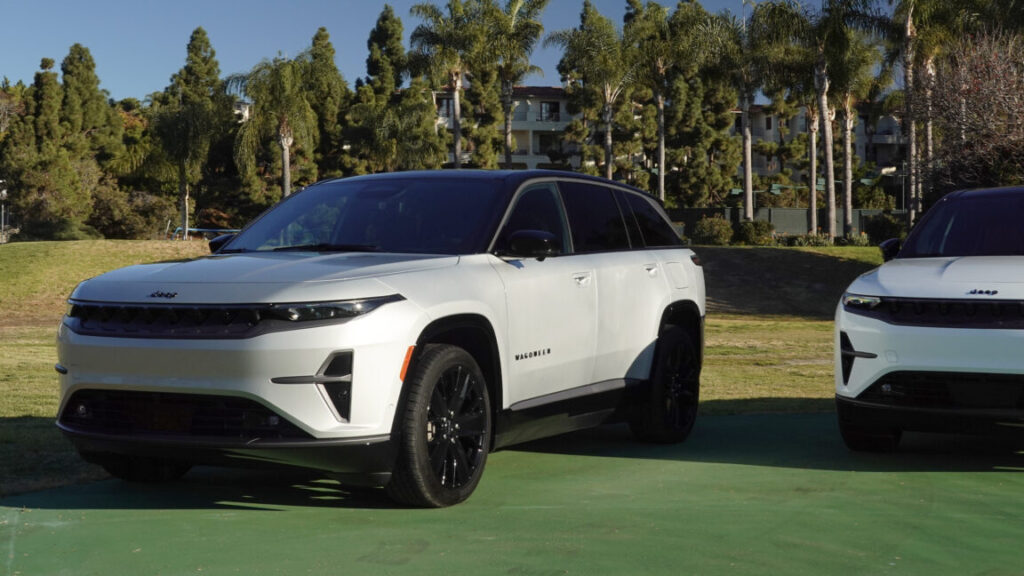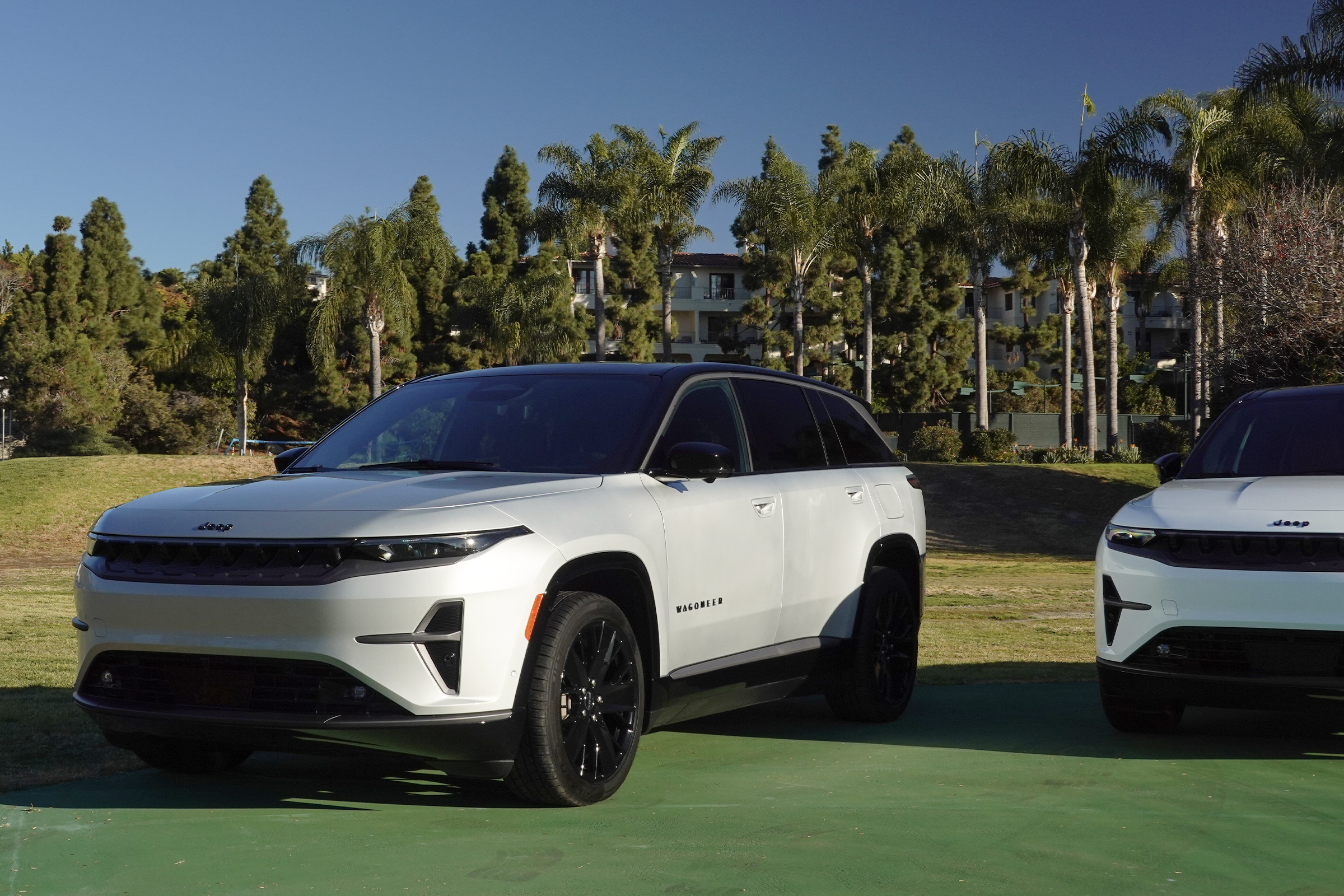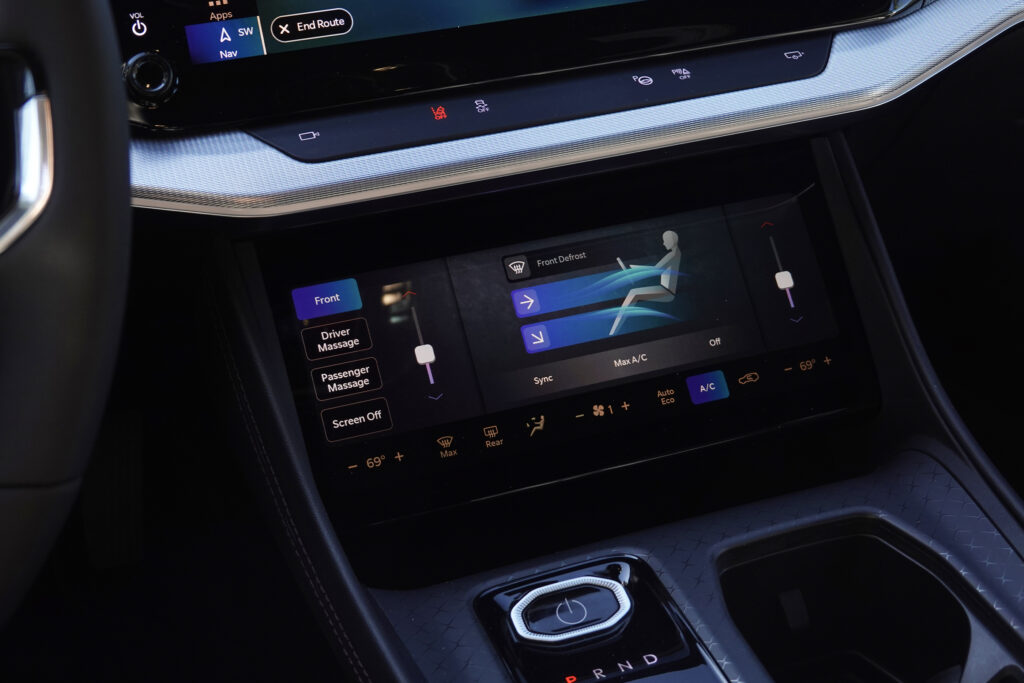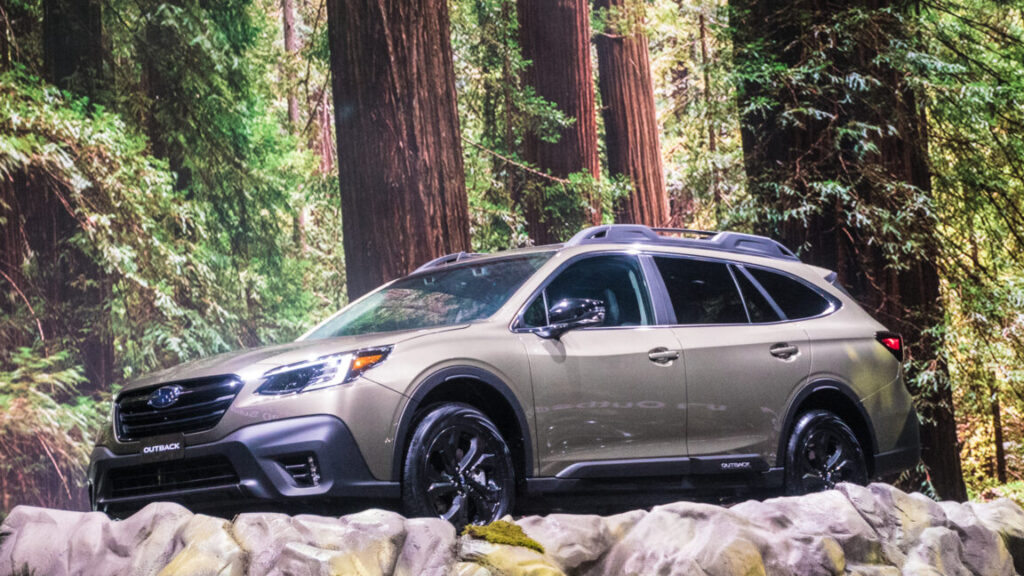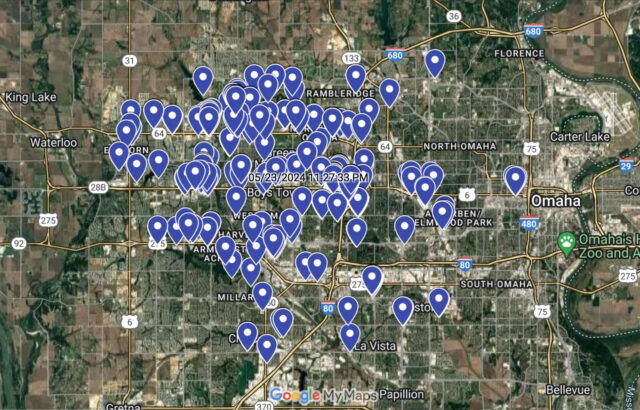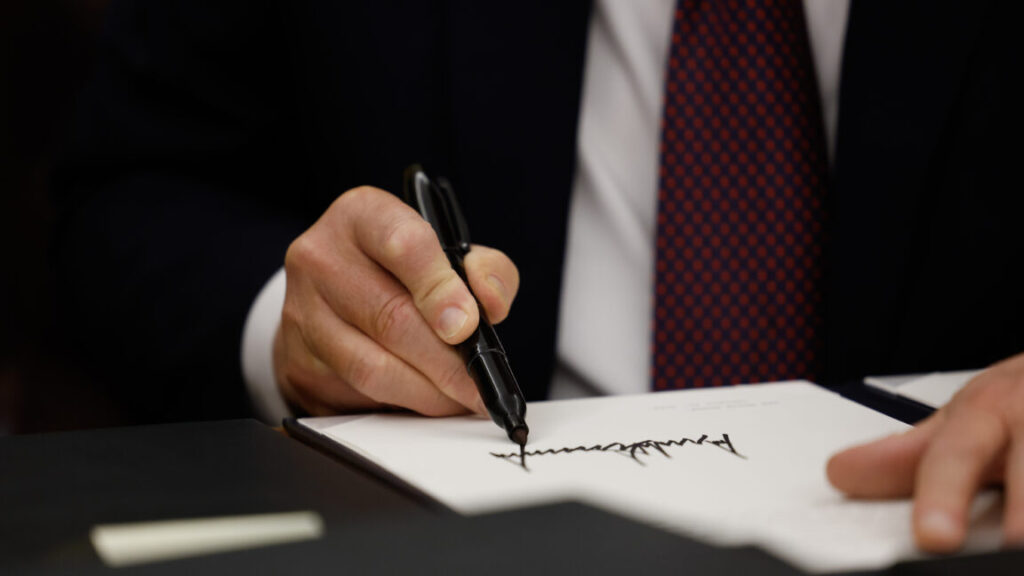Polestar CEO says the brand’s tech makes the US a “great market for us”
Being an EV-only brand in 2025 looks to be a harder job than once anticipated, and for Polestar that’s doubly hard given the company is owned by China’s Geely, and therefore highly exposed to a string of recent protectionist moves by the US Congress and successive administrations to limit US exposure to Chinese automakers and their suppliers.
Lohscheller didn’t sound particularly pessimistic when we spoke earlier this week, though. “The US in general is a big market in terms of size. I think customers like emission-free mobility. They like also technology. And I think Polestar is much more than just [an] EV. We have so much technology in the cars,” he said.
Referring to the Polestar 3, “It’s the first European Software Defined vehicle, right? So not only can we do the over-the-air bit, we can make the car better every day. And I mean, the German OEMs come probably in four years’ time,” Lohscheller said.
As for the new landscape of tariffs and software bans? “I always think it’s important to have clarity on things,” he said. Now that the impending ban on Chinese connected-car software is on the books, Polestar has begun looking for new suppliers for its US-bound cars to ensure they’re compliant when it goes into effect sometime next year.
“But our US strategy is very clear. We manufacture locally here. That makes a lot of sense. I think we have great products for the US market… I see a renaissance of the dealers. Many people are saying ‘direct [sales] is the way to go, that’s the solution of everything.’ I don’t think it is. It is an option, an alternative, but I think dealers, being close to your customers, offer the service, and we have an excellent network here,” he said.
Polestar CEO says the brand’s tech makes the US a “great market for us” Read More »
